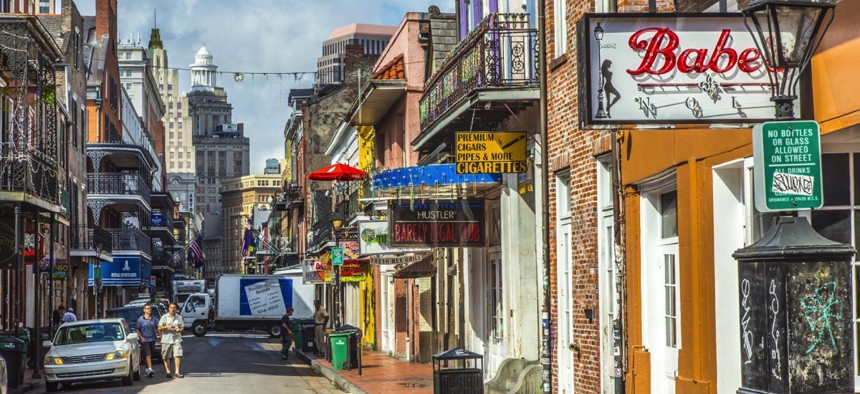How Resilient Is Your City? This Index Will Tell You

New Orleans, Louisiana
“Every city is unique, and each faces specific challenges,” says Arup director Jo da Silva. “But, the factors that enable cities to deal with disruption are universal.”
Municipalities finally have a City Resilience Index to self-assess their ability to withstand short-term shocks like natural disasters and long-term stresses like climate change.
After Hurricane Katrina devastated New Orleans in August 2005, discourse on resilience increased among cities worldwide with respect to public safety and utility services.
In 2013, Washington, D.C.-based engineering consulting firm Arup, along with The Rockefeller Foundation, began speaking with city administrators, government workers and business leaders about how urban development creates or prevents vulnerabilities.
“It’s not about what data is available but, rather, what actually makes cities more resilient—how they function,” Sundaa Bridgett-Jones, international development associate director with Rockefeller, said in an interview with Route Fifty. “We’re trying to understand what matters for cities globally, north and south, big and small, and with large and small data capacities.”
Piloted to ensure universality in five international cities—Concepción, Chile; Liverpool, England; Arusha, Tanzania; Shimla, India; and Hong Kong—after researching 22 others, this isn’t the kind of index economists use.
For starters, it’s structured with four primary dimensions in mind: health and well-being; economy and society; manmade and natural systems; and information and leadership.
“Every city is unique, and each faces specific challenges,” Jo da Silva, Arup director, said in the announcement. “But, the factors that enable cities to deal with disruption are universal.”
The CRI focuses on city goals for improving each factor and 52 resilience indicators they’re meeting them, from diversity to employment to health safeguards.
The index’s online platform operates like an exam that a city’s chief resilience officer and his or her team work to complete with quantitative indicators, as well as qualitative answers from other stakeholders. A profile emerges at the end that’s not a score but an annulus structure, color coded to show what the city’s doing well.
Comparable across governments, the CRI can be accessed by any city for free. Rockefeller wants to see 20 to 25 cities complete the assessment within the next 12 months, Bridgett-Jones said.
New Orleans expressed interest in using the CRI to identify where to invest within its resilience strategy, she said. Other cities likely to use the tool are Boulder, Colorado and CRI research cities Seattle, Detroit and New York City.
The CRI encourages the sharing of resilience strategies between cities.
“We’d also like to do some data crunching to get a sense of the value proposition,” Bridgett-Jones said. “We’ll start to have cities share their experiences about how the CRI is informing decisions and, moving forward, address weaknesses.”
Dave Nyczepir is a News Editor at Government Executive’s Route Fifty.
NEXT STORY: 3 Characteristics of a 21st Century Government






